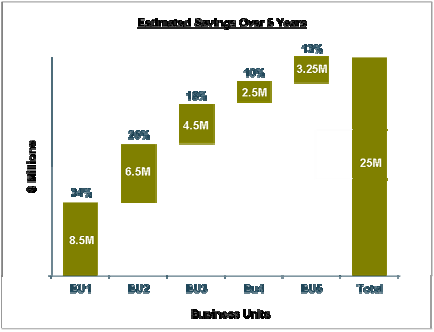Business Process Off-shoring / Outsourcing: Australian Financial Service Institution

Business Process Off-shoring / Outsourcing (BPO) have emerged as key strategic consideration for Australian and international companies to address cost, productivity and quality issues.
This case study documents how White Room Associates has successfully supported a large Australian Financial Services company in preparing the blueprint for its business process outsourcing strategy.
One of the primary objectives for our client was to significantly enhance service quality, while reducing operating costs across key back-office operations. The idea of outsourcing non-core / non customer facing processes was considered a key strategy imperative. White Room Associates was engaged to develop the business case and strategic blueprint that would enable our client to define and implement a robust and pragmatic BPO strategy based on realistic milestones and benefit scenarios, in particular. Critical process steps were:

- Selecting processes and applying a set of filtering criteria (e.g. process maturity, use of software applications, frequency of changes to processes etc.) to understand their suitability for being outsourced / off shored
- Analysing and documenting dependencies relevant to these processes, such as ongoing or planned projects / initiatives
- Understanding current challenges with the processes and the benefits that the outsourcing or off-shoring would provide (cost-benefit analysis)
- Prepare a framework to conduct change management, i.e. involving relevant stakeholders (business unit, finance, business technology etc.)
White Room Associates adopted its proven methodology to develop the business case and detailed implementation plan. By applying an easy to understand, but analytically rigorous framework across various business units, we proposed a staged approach. Beside tangible service improvements, our client is expected to generate over a 5 year period total cost savings of $25M.
The blue print envisaged three off-shoring waves, with the intention to build on lessons learnt and experiences gained during each wave. A detailed implementation roadmap and cost model was established and presented to the Board that included different benefit scenarios (Best, Base and Worst Case), allowing for various variables to be dialled-up or down depending on the underlying assumptions.
